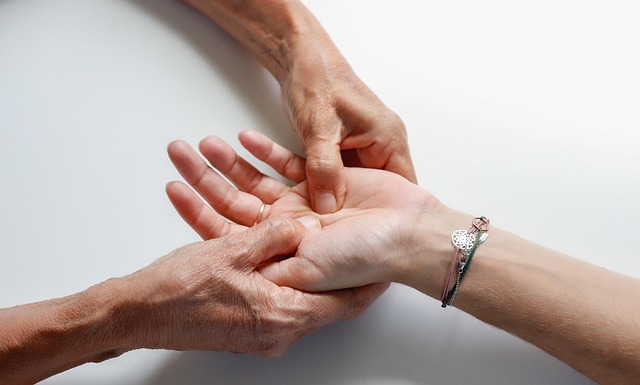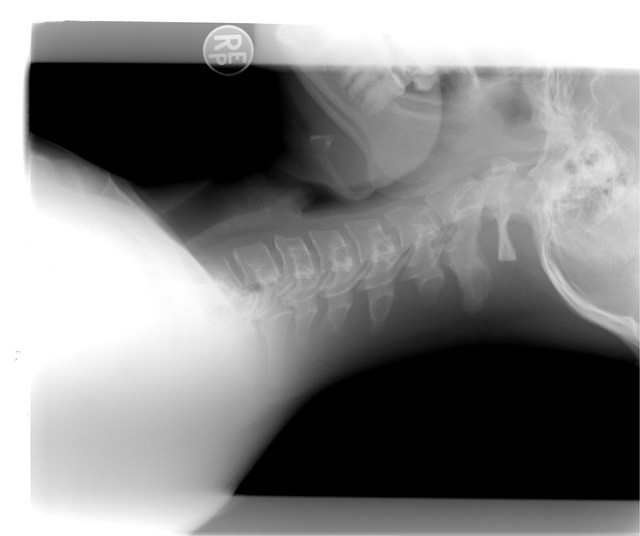Chronic pelvic pain syndrome (CPPS) is a common and debilitating condition that affects both men and women. It is characterized by persistent pain in the lower abdominal area, perineum, and pelvic region, often accompanied by urinary symptoms and sexual dysfunction. Despite the high prevalence of CPPS, its etiology remains unclear and there is no standard treatment approach. Physiotherapy has been proposed as a non-pharmacological treatment option, but its efficacy is limited. Recently, adjuvant capacitive resistive monopolar radiofrequency (CRMRF) treatment at 448 kHz has been proposed as a novel therapeutic option for CPPS.
The aim of this study was to evaluate the efficacy of adjuvant CRMRF treatment at 448 kHz together with physiotherapeutic techniques compared to a sham treatment with the same techniques, for pain reduction and quality of life (QoL) improvements in patients with CPPS. The study was a triple-blind, randomized controlled trial (RCT) that included patients with CPPS randomly allocated (1:1) to a CRMRF-activated group (intervention) or a CRMRF-deactivated one (control). Both groups received physiotherapeutic techniques and pain education weekly for 10 consecutive weeks. Data from a visual analogical scale and the SF-12 questionnaire were collected at trial commencement and repeated at the 5th and 10th sessions. Pain intensity was considered the main outcome.
The results of the study showed that adjuvant CRMRF treatment at 448 kHz together with physiotherapeutic techniques was superior to a sham treatment with the same techniques in decreasing pain and improving QoL in patients with CPPS. Specifically, CRMRF lessened pain scores by more than 2 points and improved QoL by 5 points. There were no relevant side effects and overall adherence to the treatment was 86.4%.
This study is the first RCT that evaluates the efficacy of CRMRF (INDIBA) compared to a sham treatment and demonstrates its superiority in decreasing pain and improving QoL in patients with CPPS. These results have important clinical implications as CPPS is a challenging condition to treat, and non-pharmacological approaches are often preferred due to the risk of adverse effects associated with pharmacological treatments. Adjuvant CRMRF treatment at 448 kHz could become a valuable therapeutic option for CPPS patients and may lead to greater prescribing of this treatment in the future.
However, it should be noted that this study has some limitations. The sample size was relatively small, and the study was conducted in a single center, which may limit its generalizability to other populations. Additionally, the follow-up period was relatively short, and longer-term follow-up is needed to assess the durability of the treatment effect. Nonetheless, this study provides valuable evidence for the potential efficacy of adjuvant CRMRF treatment at 448 kHz in CPPS patients and highlights the need for further research in this area.
Reference: Carralero-Martínez A, Muñoz Pérez MA, Kauffmann S, Blanco-Ratto L, Ramírez-García I. Efficacy of capacitive resistive monopolar radiofrequency in the physiotherapeutic treatment of chronic pelvic pain syndrome: A randomized controlled trial. Neurourol Urodyn. 2022 Apr;41(4):962-972. doi: 10.1002/nau.24903. Epub 2022 Mar 9. PMID: 35266184.



